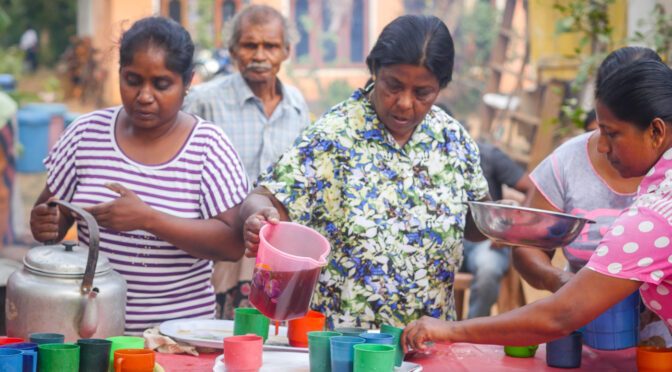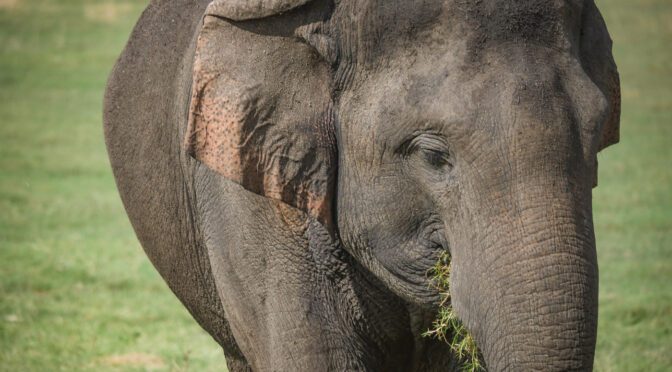Home to one of Africa’s most successful jackass-penguin breeding colonies, the reserve sits on the site of an erstwhile whaling station. A long rustic boardwalk cuts through the reserve, squeaking with every step you take. Groups of Oreos emerge from their burrows, waddle beneath the boardwalk and make for the rocky outcrops. Some rest themselves on rocks roofed with vegetation and dried twigs, gazing into the vistas. The multitudes of penguins seem to have a proclivity for lounging about. They also share the land with the endangered White-breasted, Bank, Crowned and Cape Cormorants. Perched on higher elevations, kelp gulls time their flights, hoping to swoop down on an unguarded penguin egg.











